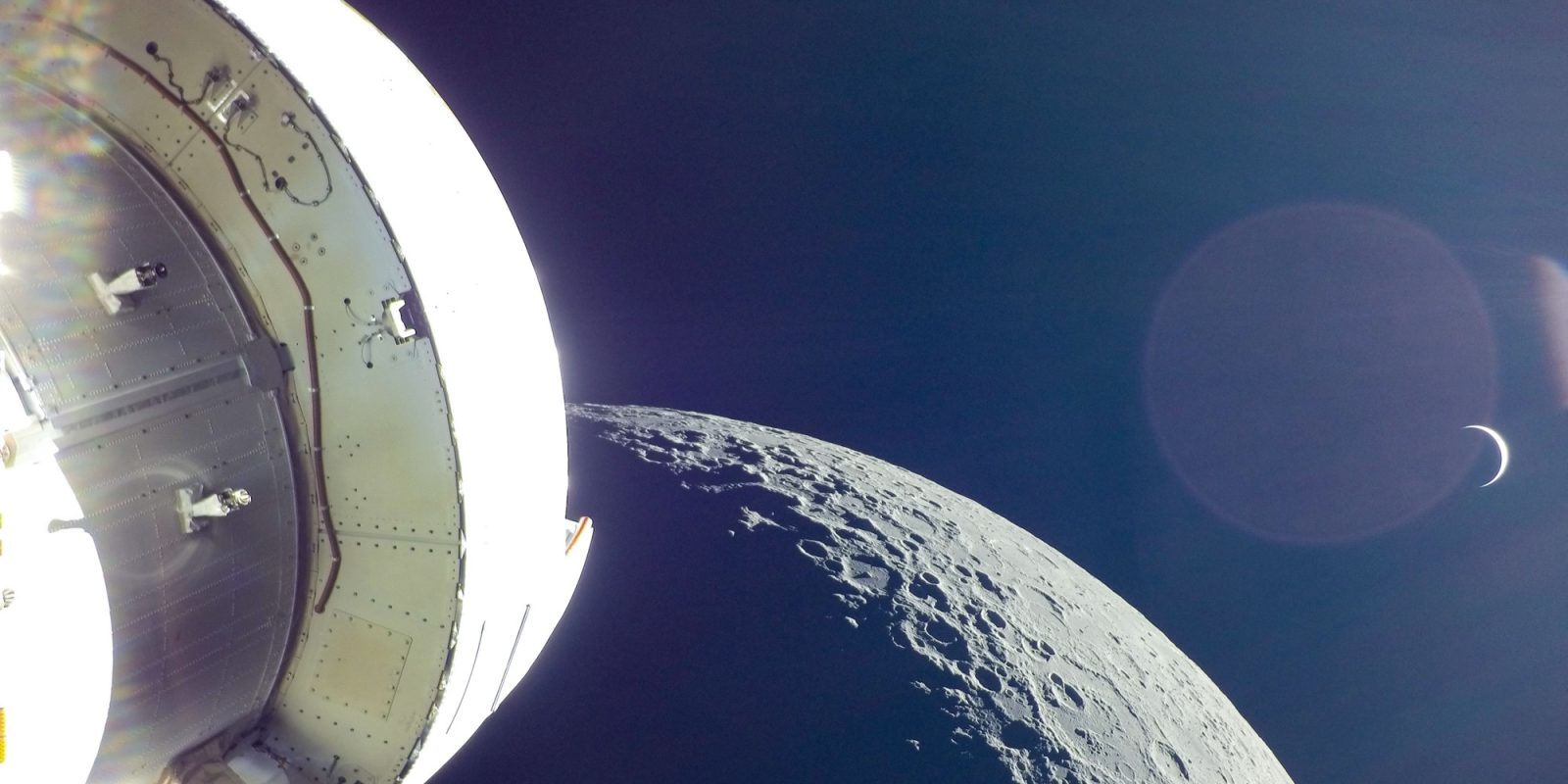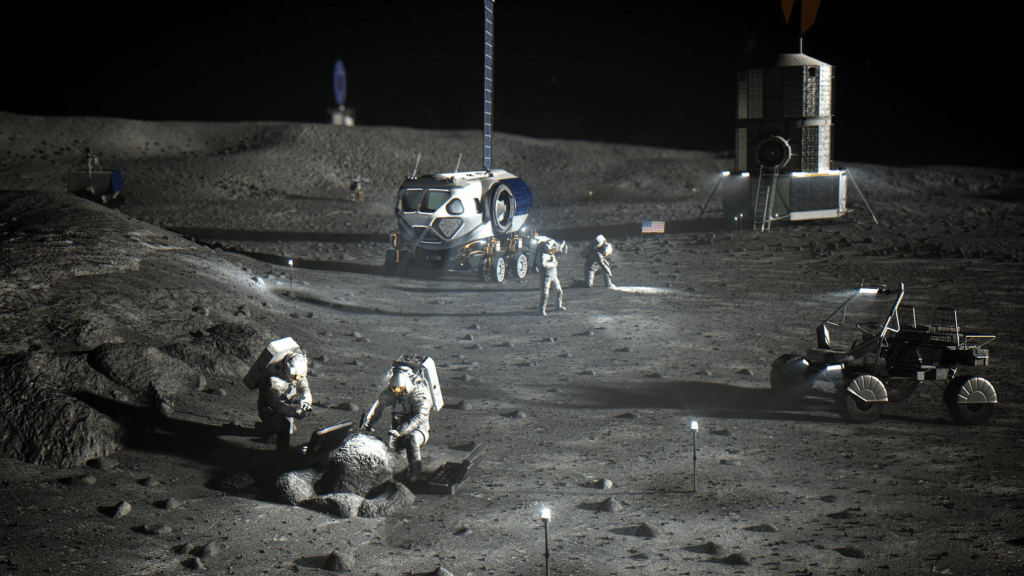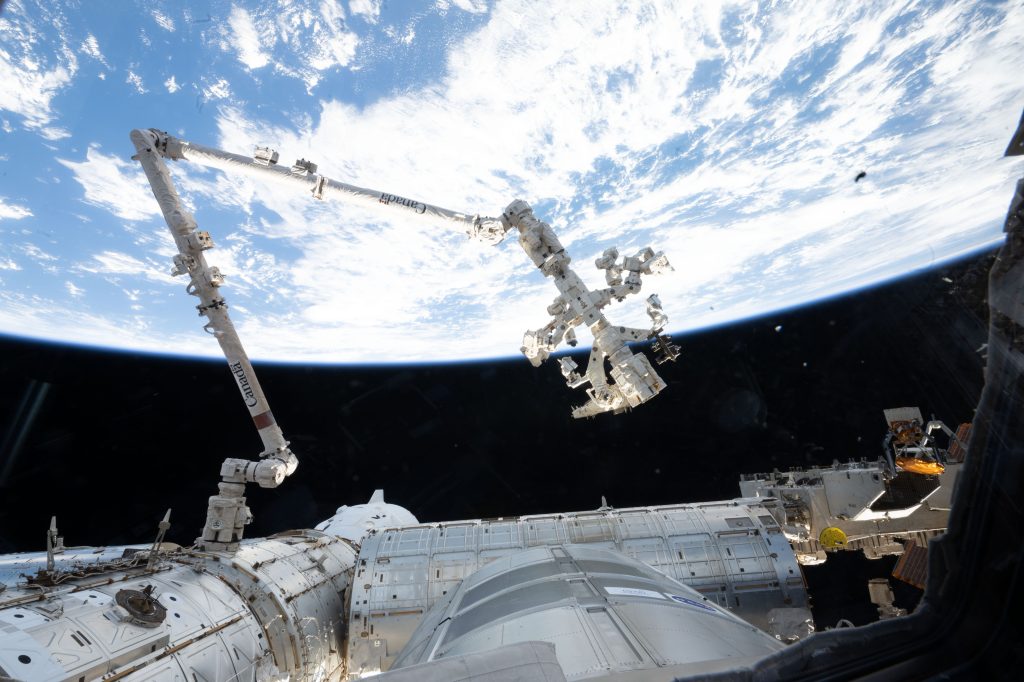
They have come from a fragile blue sphere, wrapped in oceans and clouds. They walk in sealed suits, carrying their air like infants carry blankets. They are aliens – strangers who bend local dust into shelter and harvest light into food. They call themselves human.
The shift in perspective
An alien is typically considered any life that does not belong to the world it inhabits. The moment humans began living in orbit, building analog habitats, and planning settlements beyond Earth, we crossed that line.
From another intelligence’s vantage – on the Moon’s rim, Mars’ highlands, or the edge of a passing comet – we already appear as the newcomers. We’re fragile mammals importing water, air, and plants into places that never evolved to host us.
This isn’t a speculative future. It’s unfolding now in rocket factories, spaceports, and research centers across the world.
Rockets: Our passports to alienhood
Rockets are not just machines, they’re the immigration office of the cosmos. They decide who and what can cross the border between Earth and everywhere else.
- SpaceX’s Starship, the tallest and most powerful rocket ever built, flew its 11th integrated test flight on October 13 demonstrating its ability to deploy payloads and survive reentry with a new heat-shield design, again. Elon Musk and Gwynne Shotwell maintain that Starship’s true test will be carrying cargo for NASA’s Artemis 3 mission to the Moon, now slated for no earlier than mid-2027.
- United Launch Alliance’s Vulcan successfully launched its first U.S. Space Force national security mission on August 12, proving it can shoulder critical defense and science payloads.
- Blue Origin’s New Glenn, after years of anticipation, has entered its flight campaign, aiming for regular launches with a heavy-lift capacity of 45 tons to low Earth orbit.
Each of these vehicles is more than hardware; it’s a declaration. Earth is no longer our only address. These rockets are the ships that make us alien to every world we touch.
Habitats: Earth’s children in off-world skins
If rockets are passports, habitats are citizenship.
- The International Space Station has orbited Earth for 25 years, humanity’s longest continuous settlement off planet. NASA plans to retire it by 2030 with the help of a SpaceX-built deorbit vehicle, and then transition to commercial stations.
- Axiom Space is building modules that will first attach to the ISS as soon as 2027 before detaching to form an independent commercial orbital outpost by the end of the decade, effectively becoming the business park of space.
- On the ground, NASA’s Mars Dune Alpha – a 1,700-square-foot 3D-printed analog at Johnson Space Center – has already hosted its first yearlong crew. It is expected to welcome the CHAPEA-2 crew on October 19 for another 378-day mission. ICON CEO Jason Ballard calls it “the highest-fidelity simulated habitat ever constructed by humans … to prepare humans to live on another planet.”
- Beyond Earth orbit, NASA’s Lunar Gateway is being assembled through international partnerships. Its first two modules, the Power and Propulsion Element, and Habitation and Logistics Outpost, are now tracking for launch no earlier than late 2027, to position itself for use for the Artemis 4 Moon landing mission around the end of the decade.

These habitats are humanity in disguise: domes of regolith, inflatables, and modules that let us breathe, eat, and dream in places that would otherwise kill us in seconds.
Daily life as heavenly wanderers
From the outside, our technology looks like armor. From the inside, it’s routine.
- Water loops endlessly through recycling systems.
- Air is scrubbed of carbon dioxide and in the future expected to be replenished by crops growing in hydroponics bays.
- Food becomes a matter of production, not preference: kale, radishes, microgreens. Crews in NASA’s analogs say these green spaces are both nutrition and medicine – a cure for the mental toll of confinement.

Culture adapts alongside. Astronauts mark birthdays with tortillas instead of cake, tape children’s drawings to bulkheads, and gather in greenhouses just to see something alive.
These rituals are as essential as oxygen. They are how humans remind themselves that being human doesn’t end when Earth is below the horizon.
The near horizon
Space timelines slip. That’s not failure, it’s physics and politics.
Artemis 2, the first crewed test of NASA’s Space Launch System and Orion spacecraft, is now slated for 2026, with Artemis 3 no earlier than mid-2027. The Lunar Gateway modules have shifted to late 2027 as well.
Axiom’s space station modules are targeted for 2027. ISS retirement is firm for 2030.
Meanwhile, Starship is pushing toward operational cadence, Vulcan has moved from debut to reliability, and New Glenn is seeking a steady rhythm. Together, these vehicles form the backbone of supply lines that will determine whether human settlements survive or stall.
To paraphrase what former NASA Administrator Bill Nelson has often said: We’re returning to the Moon in a way we never have before – to learn how to go farther.
If someone else were watching
If there are other eyes on us, they would not see conquerors. They’d see fragile beings wrapped in metal and plastic, carrying bottled oceans and synthetic gardens, quarreling over budgets but stubbornly building again and again. They’d see us as a species trying to belong someplace new.
And they’d be right. The alien is us.
FTC: We use income earning auto affiliate links. More.


Comments